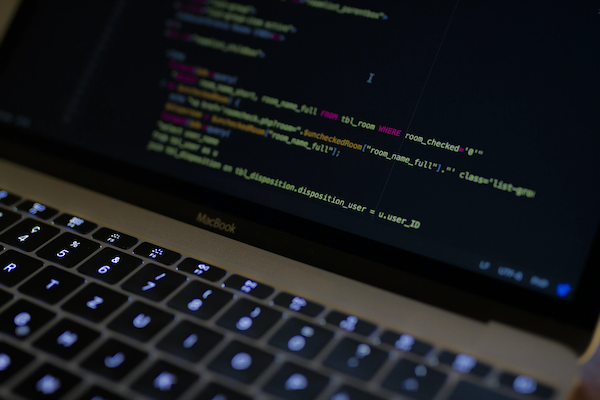
Evolution is quite a thing to ponder. About 85 million years ago, primates diverged from other mammals, after which over a period of about 20 million years and several diverging families, subfamilies, tribes, and genera, the human form we know today evolved. Evolution isn’t always biological either. Ballets and minuets were the popular dances back in the days of Mozart in the 18th century. The waltz and ballroom caught on in the 19th century. Eventually, Gene Kelly made straddling a lamppost in a downpour look effervescent, while still later, Elvis moved his hips in such a scandalous way, most of the nation became hot and bothered. If only they could see how dance has evolved today between flossing, twerking, and whatever they’re doing on TikTok. Manufacturing has undergone its own metamorphosis over the decades, which has brought us to the point of considering the meaning of a great many acronyms for which the meaning can feel elusive.
ERP Versus MES Versus MOM
Let’s start with ERP, or enterprise resource planning. An ERP system tracks business resources such as cash, raw materials, and production capacity, as well as the status of business commitments such as orders, purchase orders, and payroll. Business data from these shared databases are collected, stored, managed, and interpreted. Born of manufacturing resource planning (MRP) systems of the 1980s and 1990s, ERPs integrate organizational functions for better customer support and planning, though they often lack the granularity and real-time speed that highly functional operations require today.
That brings us to manufacturing’s next evolutionary step, the MES, or manufacturing execution system. Beginning in the 1990s, the MES was created to capture an “as-built” record of data, processes, and outcomes, not just on a daily, weekly, or monthly cadence like an ERP, but closer to real time. This kind of trackability is particularly critical in regulated process-manufacturing environments such as food and beverage or pharmaceutical where documentation and proof of processes, events, and actions are often required. The ISA-95 standard, seeking to provide consistent terminology for manufacturing, placed MES in the functional hierarchy of operations management functions (Level 3).
Speaking of Level 3 of the ISA-95 standard, that is where the term manufacturing operations management, or MOM, was first laid out. A MOM manages end-to-end manufacturing processes to optimize efficiency, production, quality, maintenance, and inventory. MOM usually refers to business processes rather than software, which could be viewed as a key differentiator from an MES. Realistically, the scope of MES and MOM is so similar, their distinctions so nuanced, these terms are often used interchangeably, and no one would blame you.
IIoT Comes Of Age
As cloud technology emerged in 2002, so did the concept of we know today as IIoT, or the industrial internet of things. IIoT refers to sensors, instruments, and other devices networked together for industrial applications including data collection, exchange, and analysis. Using IIoT devices and sensors, manufacturers gain access to a higher degree of automation and process control. Cloud technology is the conduit over which previously disconnected physical machines are now able to tap into a greater cyber-physical system via IIoT.
Material Ledgers Transform Understanding
That brings us to the material ledger. A material ledger is a novel approach to intelligently tracking material and energy movement and transformations, their associated monetary value, process data, and quality data. Think of a material ledger as the culmination or most advanced evolutionary step of all its predecessors: ERP, MES, and MOM. While you may struggle and strain to find a foothold in this alphabet soup of acronyms, looking for differences between one system and another, at the end of the day, manufacturers need a solution thats track physical materials, energy, and the associated information instantaneously.
That brings us to ThinkIQ’s material ledger solution. It delivers material traceability and insight that improves yield, quality, safety, compliance, and brand confidence. Our fact-based granular, data-centric contextualized view of material flows tracked in our material ledger and related provenance attribute data integrates into existing IoT infrastructures and crosses supply chains to manufacturing processes and beyond. ThinkIQ’s material ledger solution is also the foundation on which a cyber-physical system can be built, decentralizing decision-making in favor of autonomous task-completion of all but the highest-level exceptions.
This evolution has straightened our proverbial spines beyond the confines of ERP, MES, and MOM to walk upright into the Fourth Industrial Revolution. A material ledger system makes smart manufacturing and Industry 4.0 possible, which allows us finally to gain full visibility into not only what we have but the full history of how it was made at every step along the process and transform the manufacturing process into something truly effervescent.
Contact us today to learn more about how this transformational technology can help reduce waste at the source or you can download our new eBook titled "Advanced Material Traceability Revolutionizes Digital Transformation"

